|
I received my PhD in Computer Science (AI/ML) from George Mason University and I have been lucky to be advised by Prof. Jana Kosecka. My research was focused at the intersection of Natural Language Processing (NLP) using Large Language Models (LLMs), Computer Vision, and Robotics/Navigation, aiming for efficient adaptation and development of Multimodal Large Language Models (MLLMs). I've been mainly working on fine-grained visio-linguistic compositionality (e.g. grounding and spatial reasoning), aiming to improve the Embodied AI agents performance for instruction following in photo-realistic 3D environments for the Vision-and-Language Navigation (VLN) task, ultimately. Prior to joining George Mason University, I was a graduate student at the University of San Francisco and Illinois State University , where I received my M.Sc. degree. During my master's degree, I was mainly working on ML and Deep Learning for the Internet of Things (IoT) robustness. Email / LinkedIn / Google Scholar / Github / Twitter |
|
|
|
|
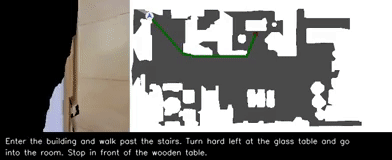 
|
The objective of my main research project is to enhance the Success Rate Weighted by Path Length (SPL) of the embodied agent in unseen environments by boosting the (1) language grounding and (2) planning/navigation components. |
 
|
In this project, we measure the effect of employing BERT-based generated embeddings and substituting the LSTM with a Transformer on the Image Captioning task. As a result, we achieved 13.5% higher performance (in terms of BLEU-4) compared to the baseline and noticed Out-of-Distribution object classes/words among the generated captions, due to the usage of BERT. |
|
|
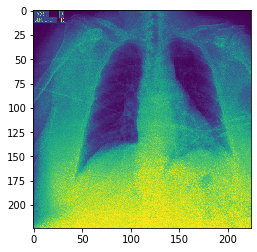 
|
Top-Performing Setting: Google Xception (Accuracy = 84%, F-1 score = 68%) Lightweight Setting: Google MobileNetV2 (Accuracy = 82%, F-1 score = 67%) In this project, we only considered frontal studies and measured the performance of Deep Convolutional Neural Networks (pre-trained on ImageNet) for multi-class (14) binary classification as diagnosis (e.g. Pneumonia, Lung Opacity, Fracture etc). In addition, we tried to implement the entire pipeline using ML approaches (i.e. without utilizing ConvNets for feature extraction) to improve the interpretability of the model. To be more specific, an unsupervised Stacked Auto Encoder (SAE) was trained on the images and the middle layer was taken as a latent embedding. Then, this embedding was fed into a Random Forest classifier. However, the performance was far behind the Deep Learning approach. |
|
|
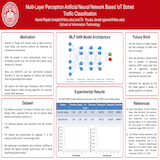 
|
Yousra Javed, Navid Rajabi 28th USENIX Security Symposium, Santa Clara, California, USA, 2019 Student Grant Awardee [USENIX][Springer Nature] The core competence of this work stems from the fact that this model has been trained, validated and tested on more than 7 million instances of an actual IoT network traffic (consisting of 9 real IoT devices), instead of simulated/synthetic traffic datasets. |
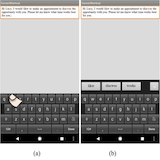 
|
Jianwei Lai, Navid Rajabi, Elahe Javadi MobileHCI '19: Proceedings of the 21st International Conference on Human-Computer Interaction with Mobile Devices and Services, Taipei Taiwan, October 2019 [ACM] We've proposed a more efficient shortcut to interact with the large-screen smart phones with one hand, which outperforms two of current approaches, in both quantitative and qualitative metrics. [NSF Grant] |
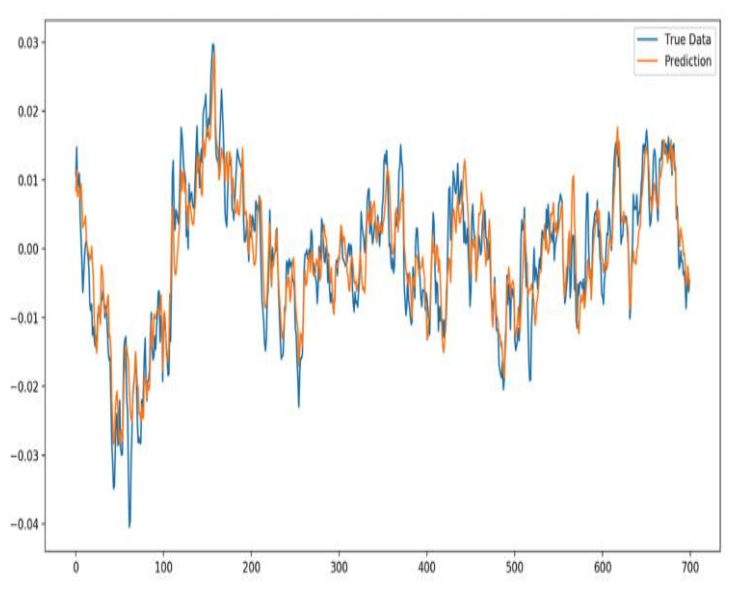 
|
Jihad Qaddour, Navid Rajabi International Journal of Computer Applications, October 2019 [Paper][Dataset] The main objective of this project is to detect abnormalities at the edge as a security-oriented proactive approach to recognize the future abnormalities in time-series voltage dataset of a given household. |
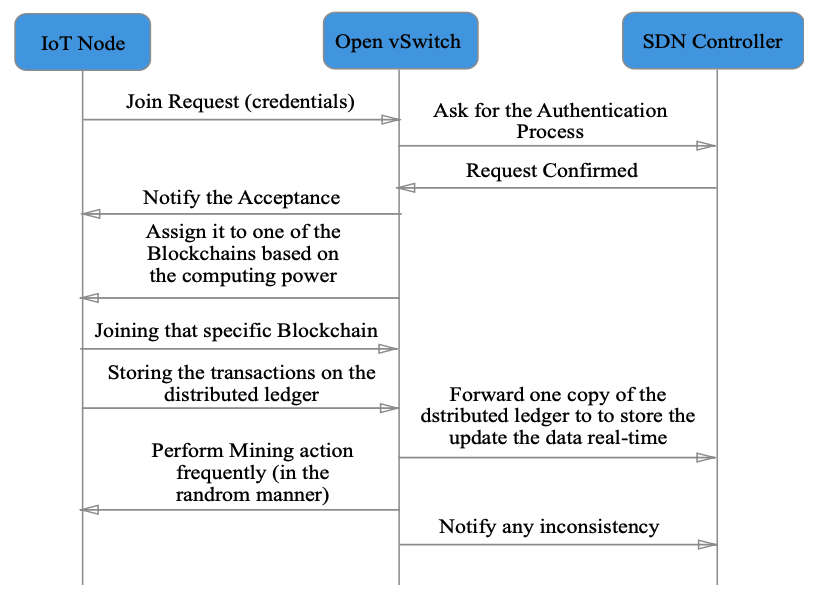 
|
Navid Rajabi, Jihad Qaddour International Journal of Internet of Things, 2019 [Paper] The main idea behind this model is to behave the transactions of a local IoT network as a distributed ledger of Blockchain by employing the Elliptic Curve Digital Signature Algorithm (ECDSA), which is being used in the Bitcoin architecture for transactions integrity. |
 
|
Elahe Javadi, Nancy L. Novotny, Elnaz Mirrahimi, Navid Rajabi MWAIS '17, Springfield, Illinois, USA, 2017 [Best Paper Award Winner] Selective Exposure is a destructive phenomenon occurs due to the over usage of Recommender Systems. In this work, we've demonstrated the existence of this negative effect using the real, proprietary dataset we've collected from students. |
|
|
|
Role: Team Lead, Algorithm Designer, and Full Stack Developer Tech Stack: Python, Scikit-learn, Pandas, Numpy, Matplotlib Description: Saving about one week of the data analyst's work load per month (reduced to around 10 minutes) by fully automating the monthly data processing, as well as generating business-oriented reports for the executives (CEO and CFO). |
|
Role: Team Lead & Full Stack Developer Tech Stack: Python (Flask), Gunicorn WSGi, Heroku, Apache Ubuntu, MySQL/SQLite, Bootstrap, Java Script, HTML, CSS |
|
Role: Full Stack Developer Tech Stack: Java Servlet, Jetty, Apache Ubuntu, Google Map API, MySQL, Bootstrap, HTML, CSS, Java Script |
|
Website design courtesy: Jon Barron |